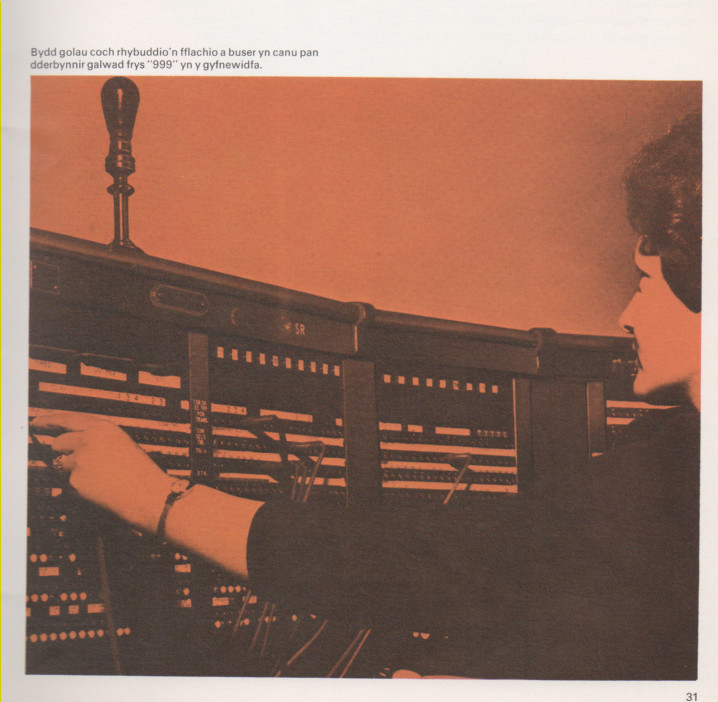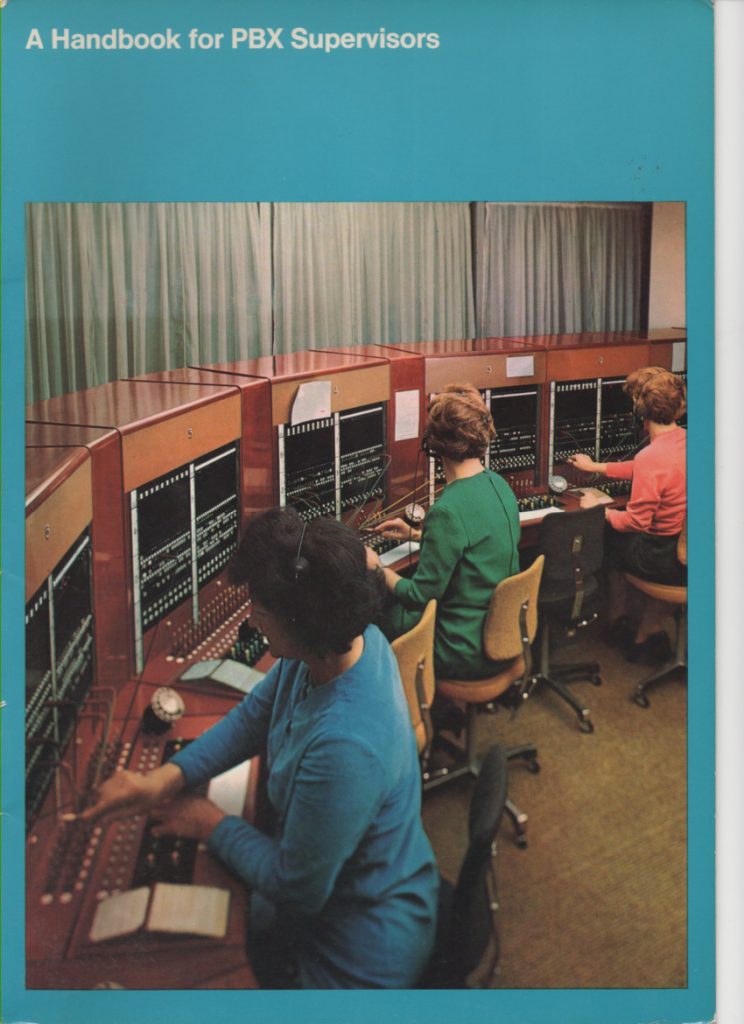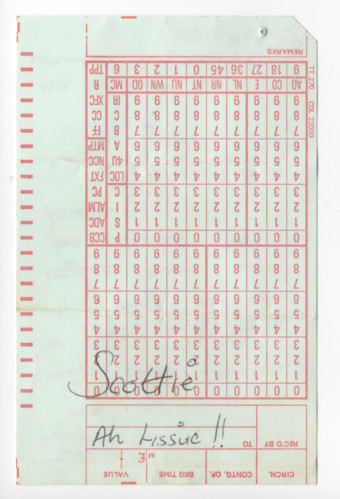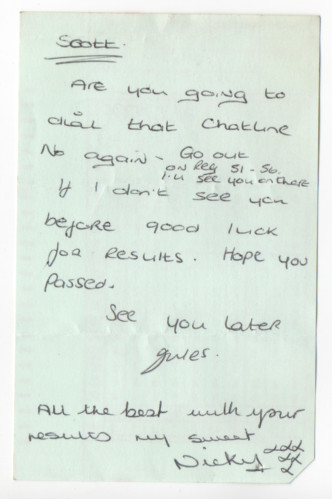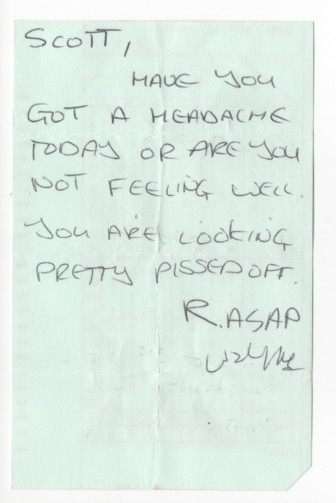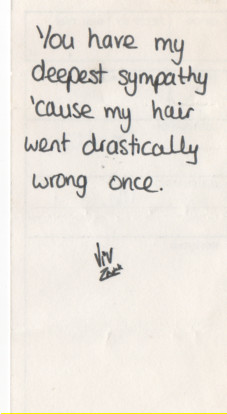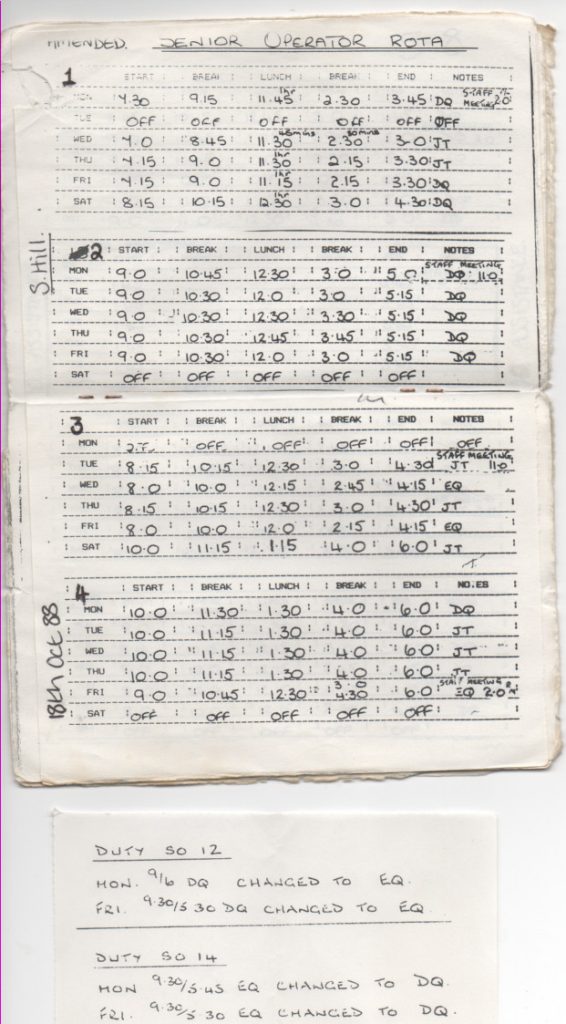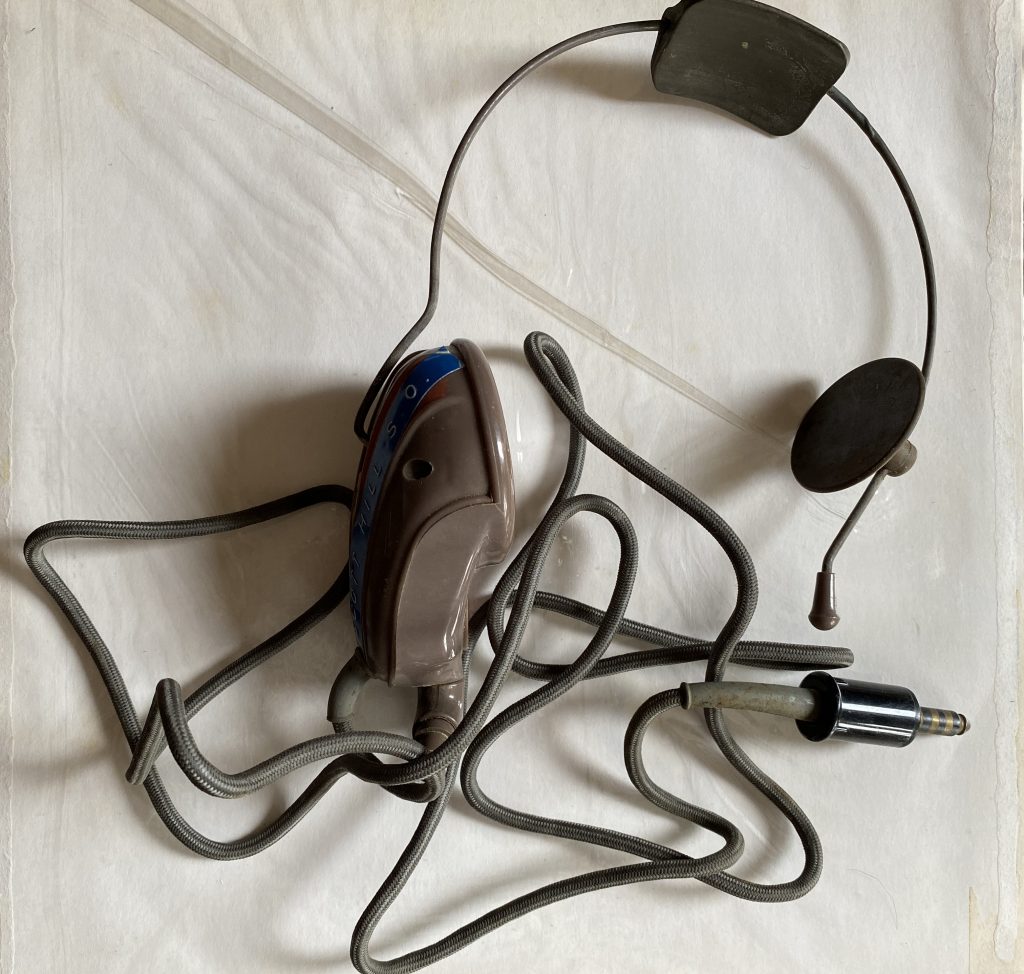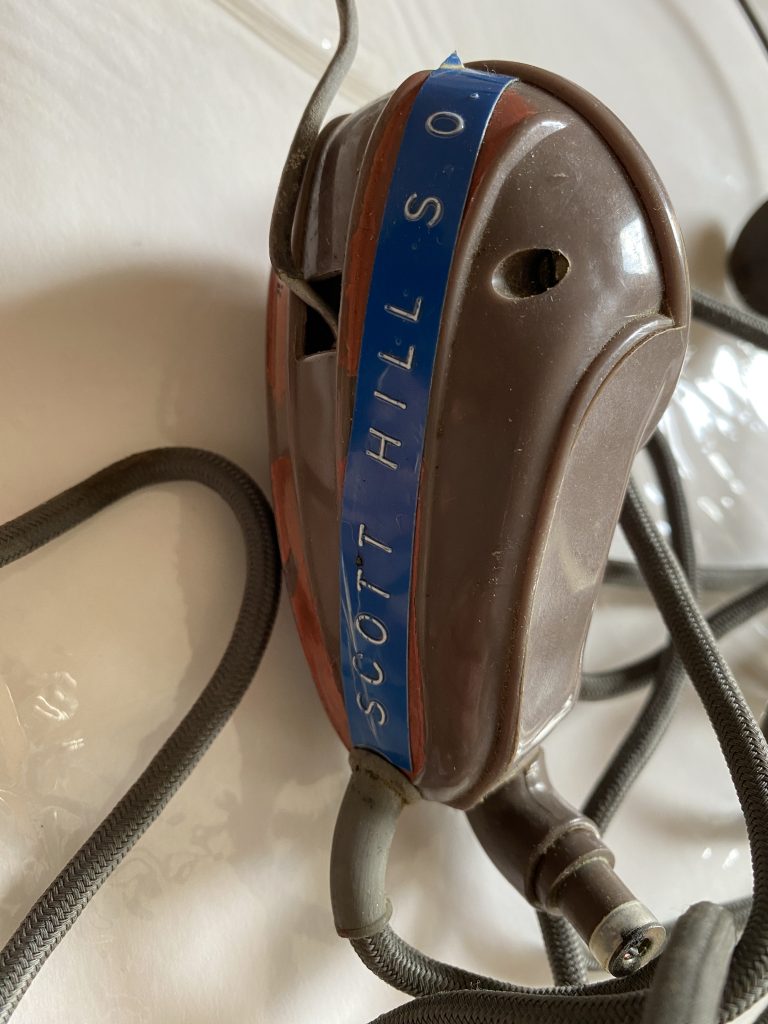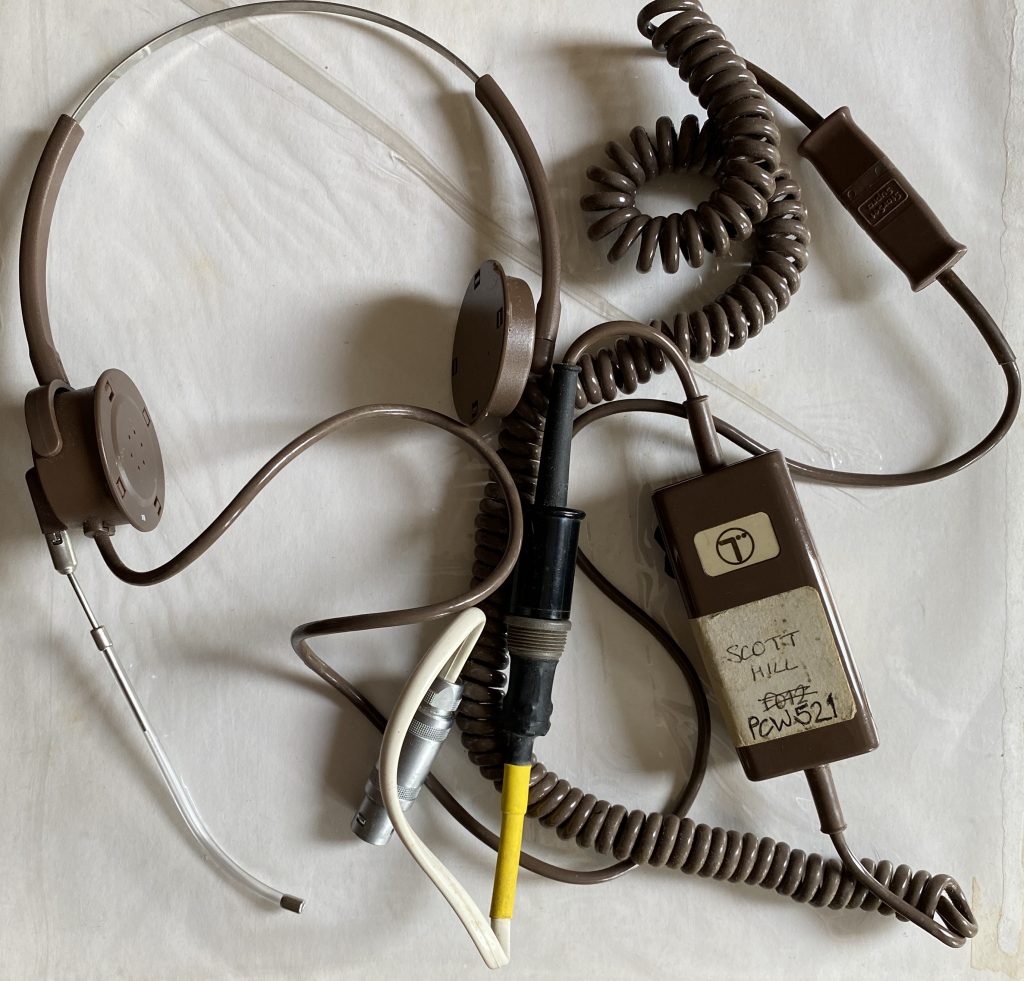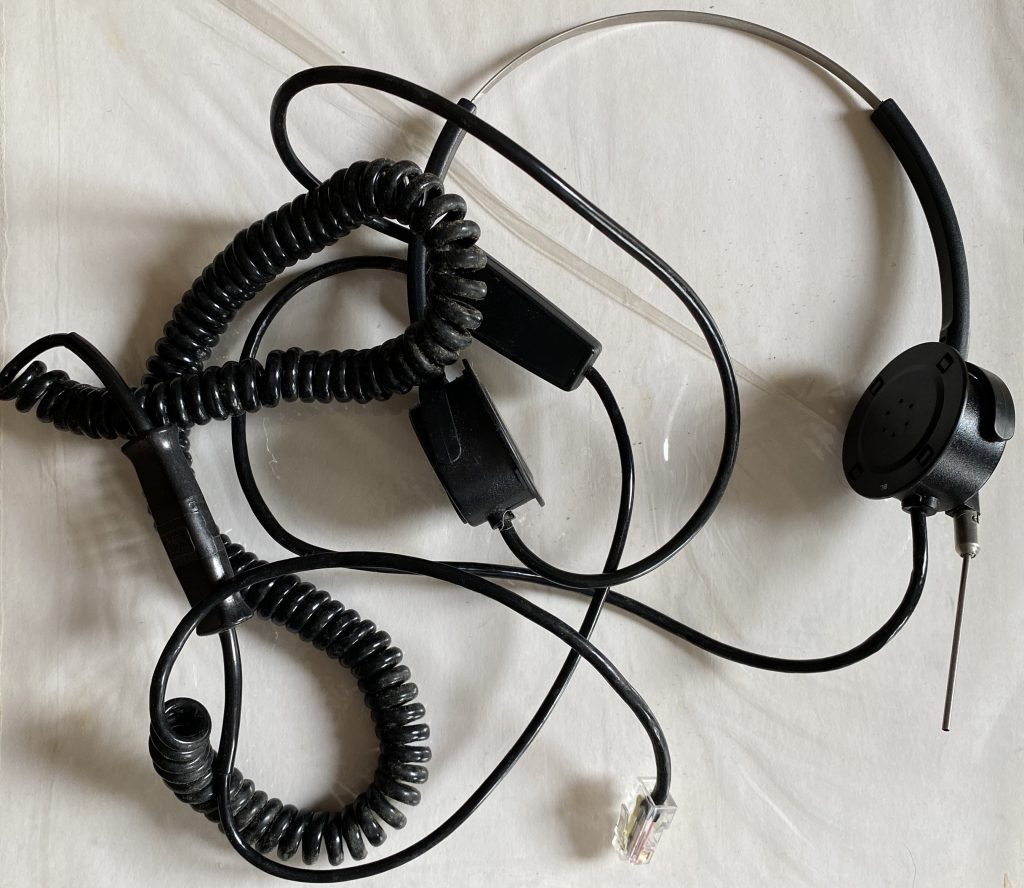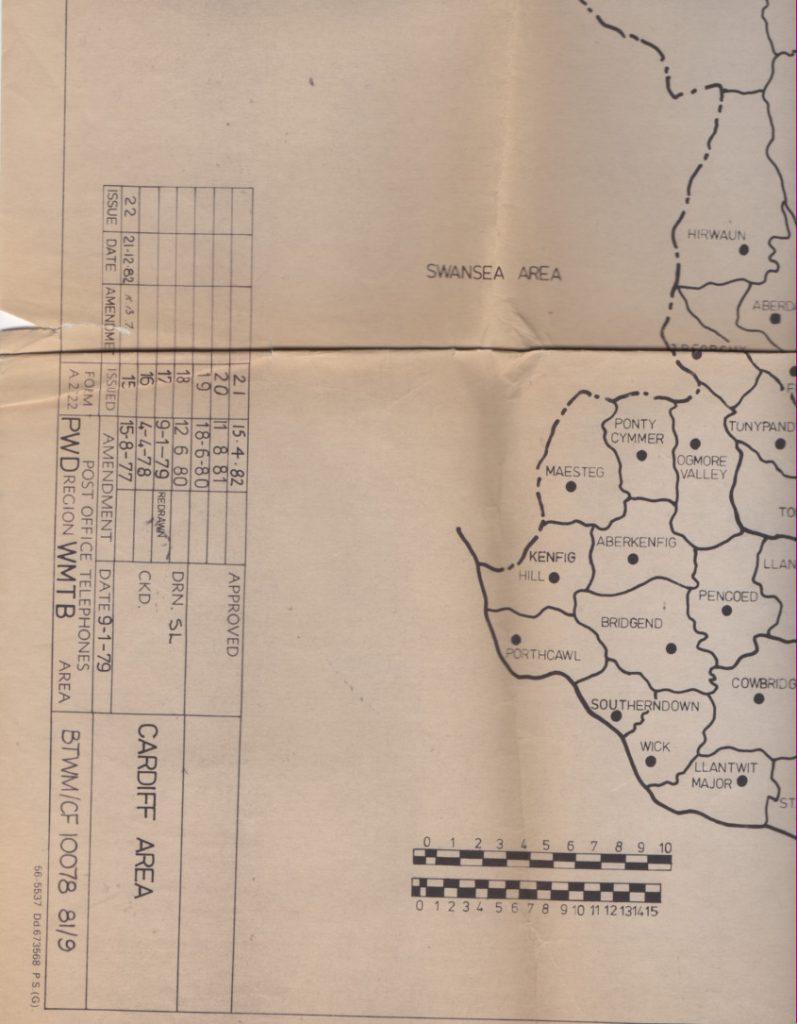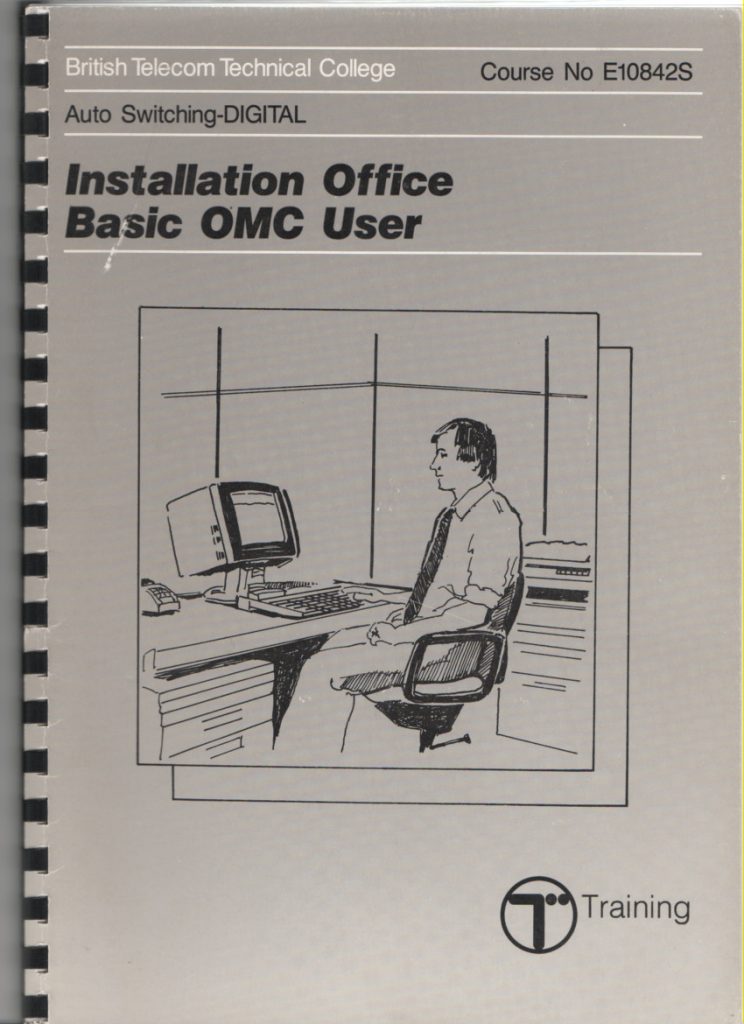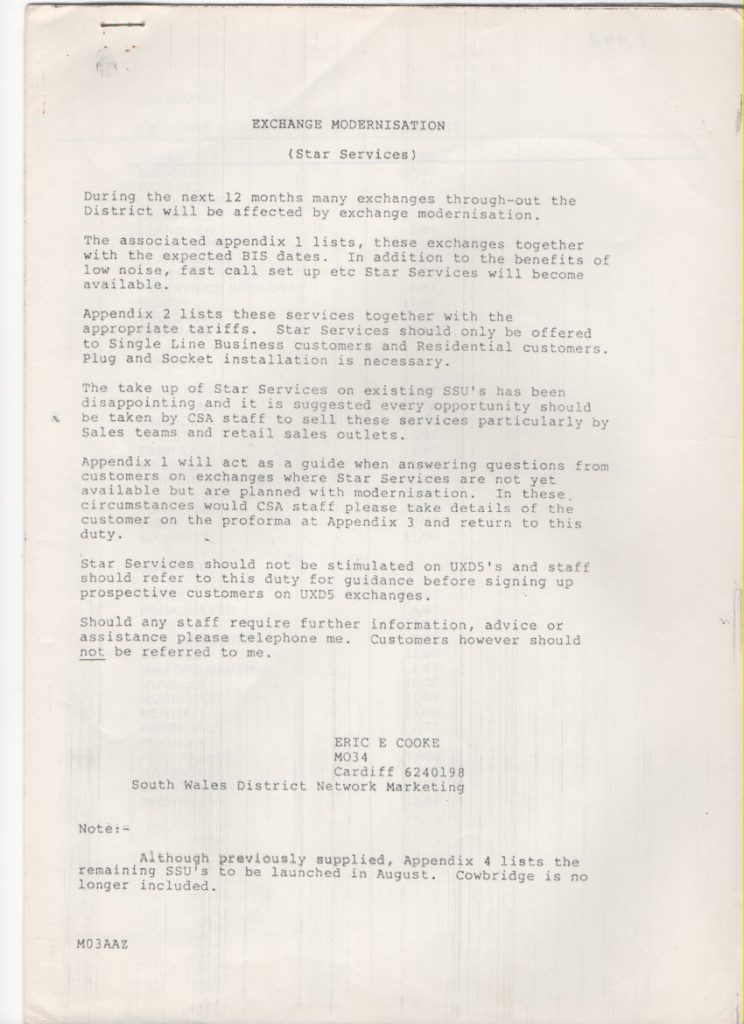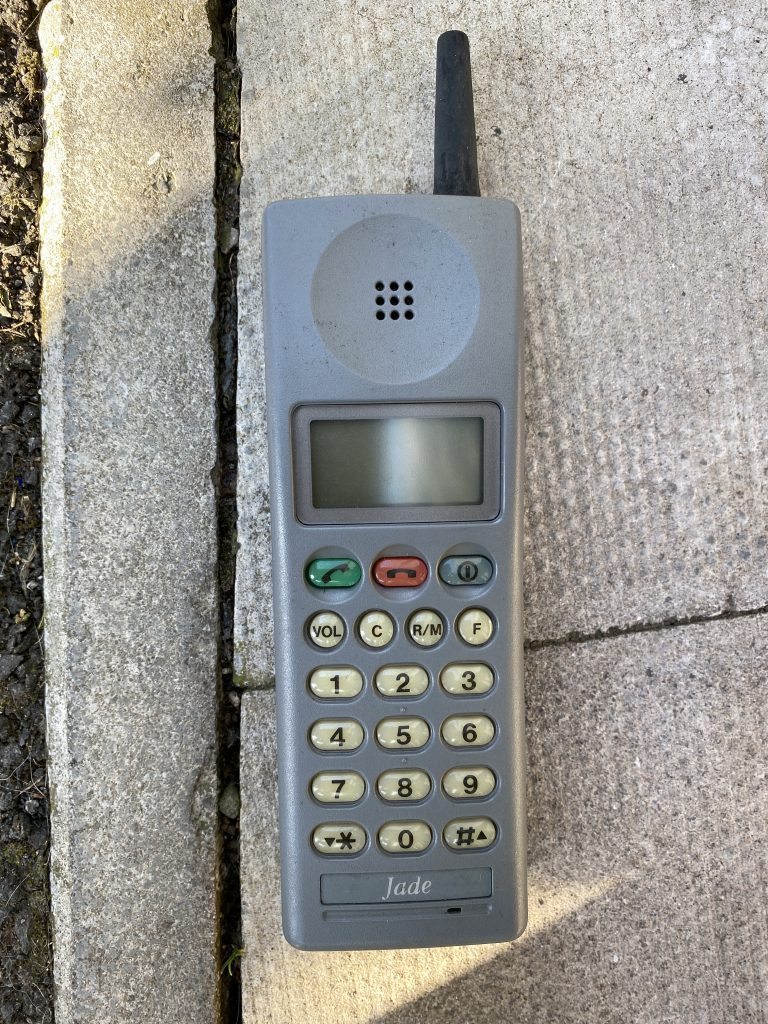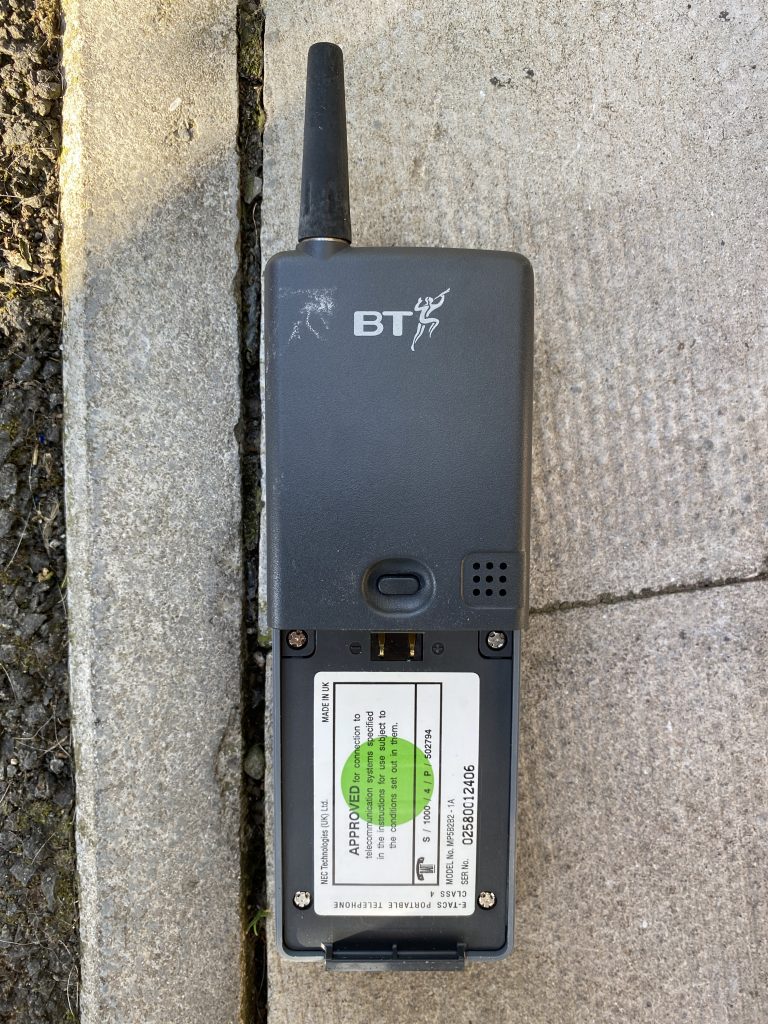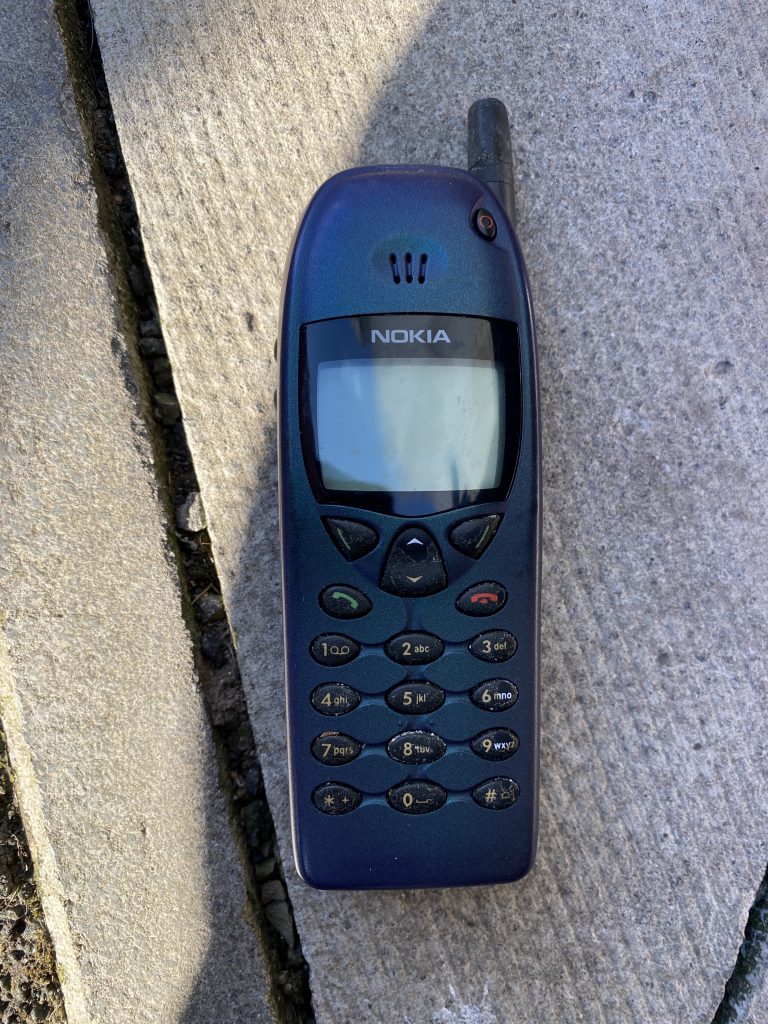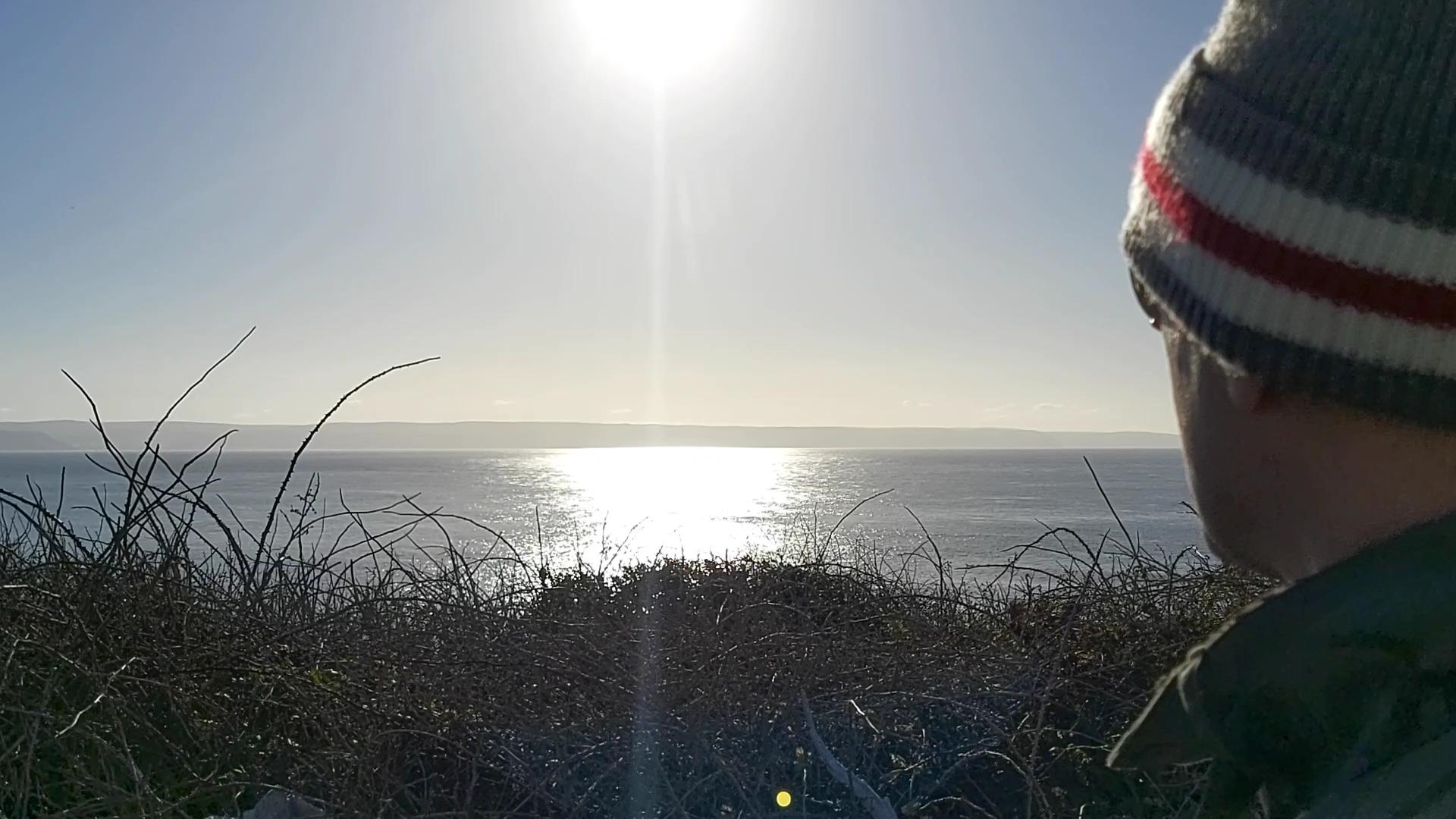British Telecom (BT) has dominated the career of Scott Hill. After a bumpy first job working for Cardiff City Council in 1986, Scott started his career with BT in April 1987 at the age of eighteen. He began at the Cardiff Empire telephone exchange, following in his mother’s footsteps by progressing through Directory Enquiries, Operator Services and the 999 Emergency Service.
Telephone exchanges and services were undergoing modernisation at the time. The mechanical and electronic exchanges were being replaced with digital equipment with scifi-sounding names such as System X. The call management systems used by the telephonists in the exchanges were also gradually being modernised, although there was still a heavy reliance on phone books, paper records and plug-boards when Scott joined, sat alongside the newly arrived green-screens and keyboards. This heady hybrid of old and new appealed to Scott. Legacy systems gradually being digitised; making connections using cords, plugs and sockets; access to a world of information via keyboards.
BT itself went through major changes. By the time Scott moved to a customer service role in the neighbouring Stadium House in the 1990s, the Empire exchange building was mostly empty as telephone services became self-service and no longer needed as much equipment, or as many telephonists. Scott’s final roles with BT when he left for good in 2009 were related to replacing the digital exchanges and network that he had seen introduced in the 80s. Probably a good time to move on.
